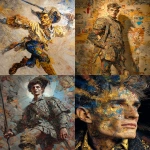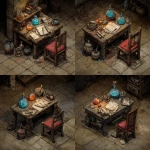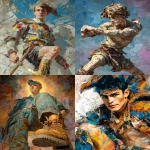Explore the Best AI Image Gallery
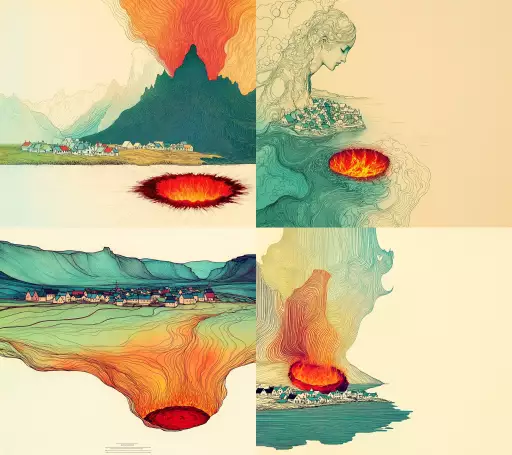
Beyond the Canvas: How IoT is Transforming the Creative Industry
The creative landscape is undergoing a profound transformation, fueled by the convergence of technology and artistry. At the heart of this revolution lies the Internet of Things (IoT), a vast network of interconnected devices that are reshaping how we create, interact with art, and experience the world around us.
From Smart Homes to Smart Art: Unleashing Creative Potential
IoT extends beyond smart homes and connected appliances; its empowering artists to push boundaries and explore innovative forms of expression. Here are just a few examples:
- Interactive Installations: Imagine an art installation that responds to the viewers movements, generating sound or light based on their presence. IoT sensors embedded in the artwork can detect motion, proximity, and even emotions, creating a dynamic and personalized experience.
- Data-Driven Art: Artists are increasingly using real-time data streams—from weather patterns to social media trends—as inspiration for their work. IoT devices can collect and process this data, transforming it into visual or auditory art that reflects the ever-changing world around us.
- Wearable Creations: Fashion is merging with technology as wearable sensors and interactive elements become integrated into clothing. Imagine a dress that changes color based on your heart rate or a jacket that projects light patterns synchronized to music.
Ethical Considerations: Navigating the Uncharted Territory
As IoT weaves itself into the creative process, it raises important ethical considerations that must be addressed:
- Data Privacy: IoT devices collect vast amounts of data about users. Its crucial to ensure that this data is handled responsibly and ethically, with clear consent mechanisms and safeguards against misuse.
- Algorithmic Bias: AI algorithms used in creative tools can perpetuate existing biases if not carefully designed and monitored. Artists and developers must work together to mitigate bias and promote fairness in the outputs generated by these systems.
- Accessibility: Its essential that IoT-powered creative tools are accessible to people of all abilities. This includes considering users with visual, auditory, or cognitive impairments.
The Future of Creativity: A Connected Canvas
The convergence of IoT and creativity is still in its early stages, but the potential is vast. Here are some trends to watch:
- Hyper-Personalization: IoT will enable artists to create truly personalized experiences, tailoring artworks and interactive installations to individual viewers.
- Augmented Reality (AR) Integration: AR overlays will enhance creative works, adding digital elements to physical spaces and blurring the lines between reality and virtuality.
- Collaborative Creativity: IoT platforms will facilitate real-time collaboration among artists from around the world, fostering a global network of creative minds.
As we move forward, its crucial that we embrace the possibilities of IoT while addressing its ethical implications. By fostering responsible innovation and inclusivity, we can harness the power of connected technology to unlock new dimensions of creativity and enrich our lives in profound ways.
](https://images.ai-img.art/thumbnails/150/8c3bd422d50d35735d8fb33bd314a79e30e5b150129d5d09bdad822a2007593f.webp)
](https://images.ai-img.art/thumbnails/150/1614d64dd7156c95db952258978be809eb3db8cea4453fec69c49cbdfe63fa94.webp)
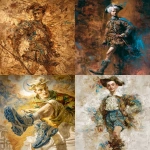
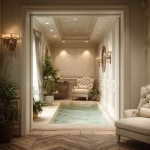
](https://images.ai-img.art/thumbnails/150/3a60737a5b67fa252207ad1ae6db245a26284f53fb5846996bb34515b39ff269.webp)


